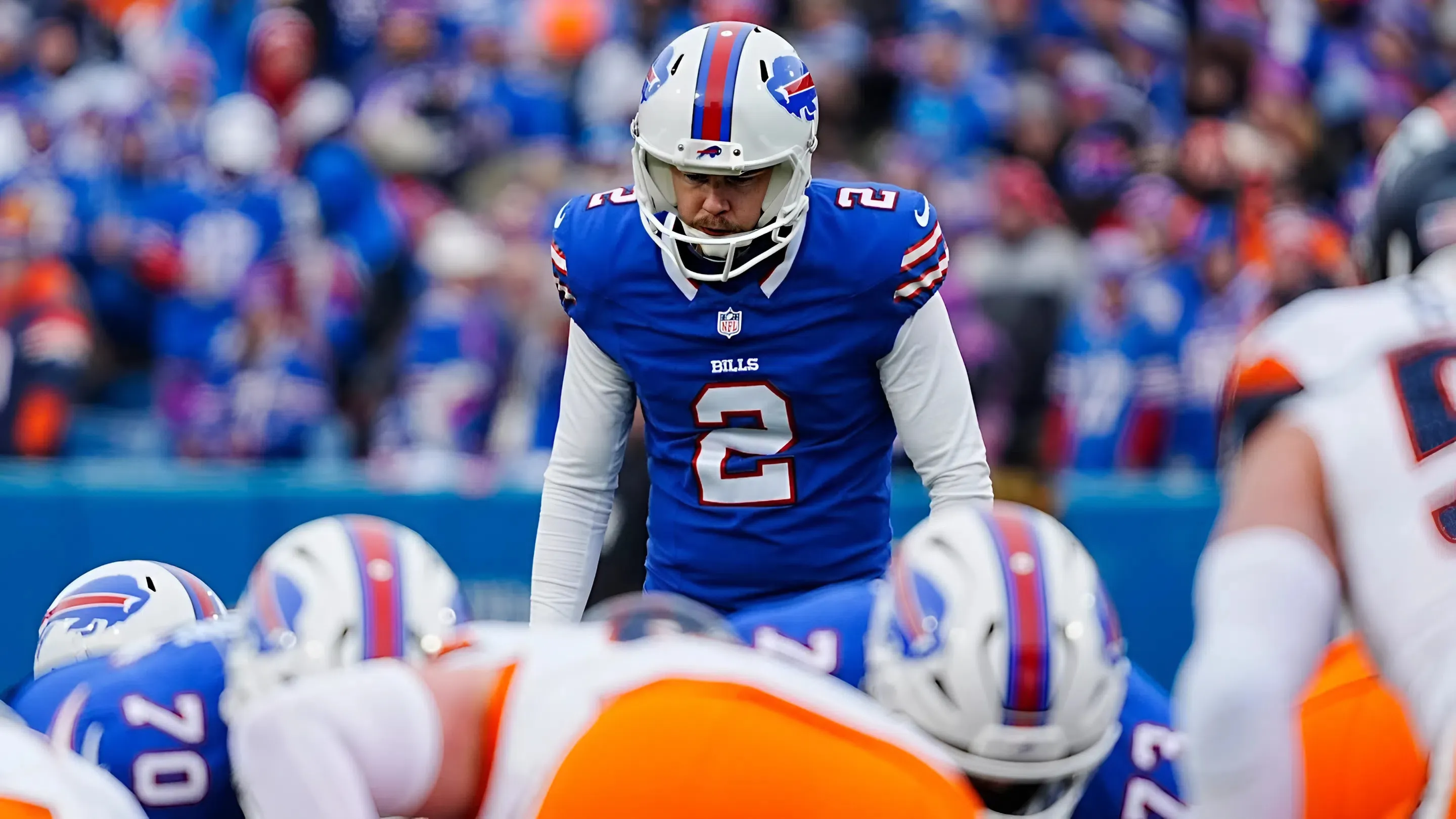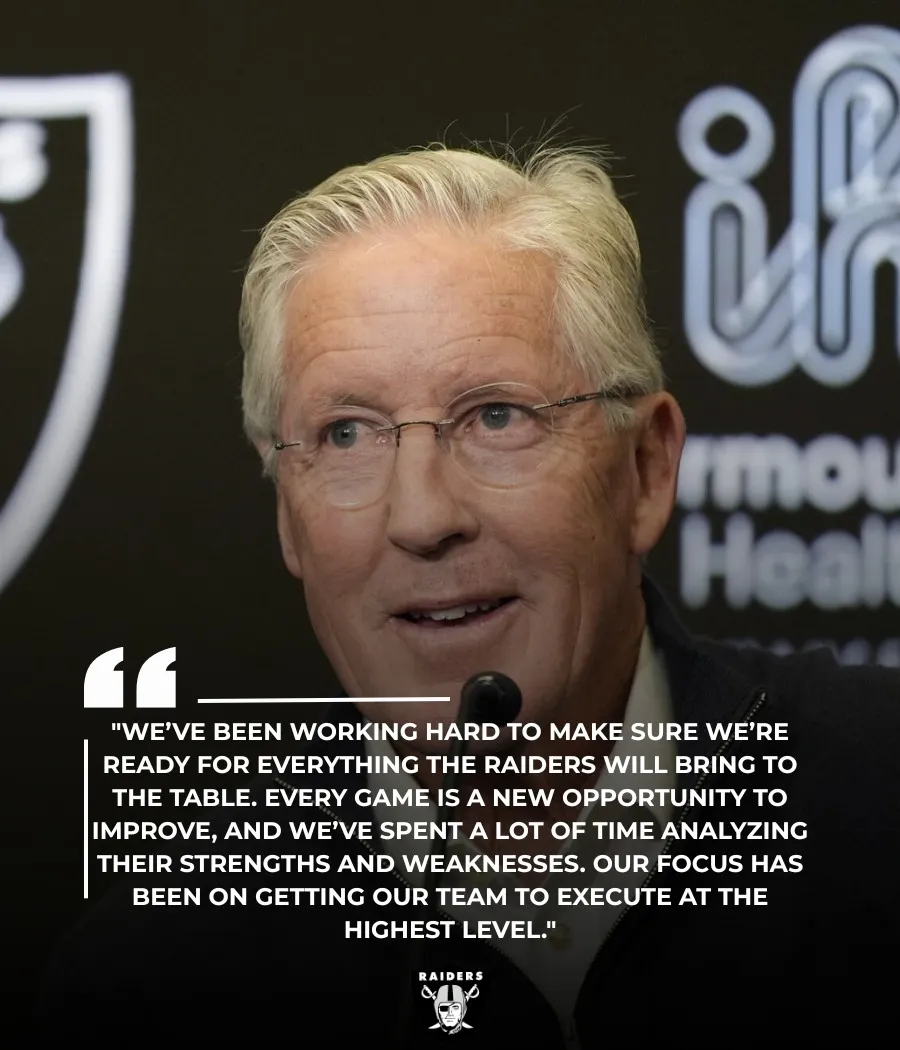The Free Agent Frenzy of 2025 is over and the Vancouver Canucks are…running it back?
The day that normally marks great change on the NHL calendar was instead business as familiar for the Canucks. In lieu of bringing in any new players, GM Patrik Allvin and Co. opted to re-sign Brock Boeser and extend Thatcher Demko and Conor Garland well ahead of time.
As of this writing, that leaves the Canucks with a prospective 2025/26 depth chart that looks something like this:
Forwards
DeBrusk ($5.5M) – Pettersson ($11.6M) – Boeser ($7.25M)
Höglander ($3M) – Chytil ($4.44M) – Kane ($5.13M)
Joshua ($3.25M) – Blueger ($1.8M – Garland ($4.95M)
O’Connor ($2.5M) – Räty ($775K) – Sherwood ($1.5M)
Bains ($775K) OR Karlsson ($775K)
Defencemen
Hughes ($7.85M) – Hronek ($7.25M)
M. Pettersson ($5.5M) – Myers ($3M)
E. Pettersson ($838K) – Willander ($950K)
Forbort ($2M) – Mancini ($870K)
Goalies
Demko ($5M)
Lankinen ($4.5M)
Salary Cap
Dead Cap: Oliver Ekman-Larsson’s Buyout ($4.77M) and Ilya Mikheyev’s Retention ($713K)
Total Roster Cap Hit: $95,700,000
Total Cap Space Leftover: -$200,000
Now, as we noted yesterday, this leaves the Canucks a scant $200,000 above the $95,500,000 cap ceiling, and that means they have to find a way to cut cap.
This doesn’t necessarily necessitate a trade. The Canucks could get there by swapping Tom Willander and Victor Mancini out for two depth defenders making the minimum $775,000, or they could get there by running a roster of 22 players instead of 23.
But that’s not really enough wiggle room for the practicalities of an NHL campaign. If, for example, the Canucks were to suffer a short-term injury – meaning one not long enough to qualify for LTIR or the cap relief than can come from that – they’d need enough space available to recall a replacement.
Getting the cap to exactly square only really works for a healthy roster, and how often has that been the case in Vancouver?
The new CBA will bring an end to the papering up and down of prospects, and largely to the concept of cap accrual as a result. But it won’t come into effect until after this season. This means that the Canucks can, and likely will, attempt to maximize their cap space throughout the year.
But in order to do that, they’ve got to get under the cap first. And the best way to do that is probably a cap-cutting trade.
So, who might be on the trade block in order to accomplish this? Below, we’ll look at the most likely candidates.
Teddy Blueger
Age: 30, Cap Hit: $1.8M, Expiry: 2026, 12-team NTC
Blueger has been a pretty good trooper for the Canucks since signing in Vancouver two years ago. But as he enters the second year of a two-year contract extension, he finds himself as by far the likeliest candidate to be traded in a cap-cutting move.
Part of that is that Blueger arguably had his spot on the centre depth chart usurped by the younger Aatu Räty last year. With Räty now needing waivers to be demoted and recently re-upped on a league minimum extension, it’s still his spot to lose. That could leave Blueger as the 4C to Räty’s 3C…but then there are other contenders for that 4C job, too, including Max Sasson and Nils Åman, both of whom carry a much cheaper cap hit.
That said, Blueger’s $1.8 million doesn’t exactly break the bank, and is cost-effective enough for multiple teams to absorb easily. As a reliable bottom-six centre, there’s always going to be at least a little market for his services, too.
Honestly, it feels like we could have titled this article “Why Teddy Blueger is by far the likeliest Canuck to be traded in a cap-cutting move.” But let’s take a look at some other candidates, all the same.
Dakota Joshua
Age: 29, Cap Hit: $3.25M, Expiry: 2028, 12-team NTC
Cap- and roster-wise, moving on from Joshua makes a lot of sense. His $3.25 million cap hit would open up a lot of wiggle room, and he’s currently slated to start in the bottom-six, where his minutes could be challenged by a glut of other wingers.
Joshua signed this deal off a breakout 18-goal, 32-point campaign in 2023/24. But last season, he dropped down to just seven goals and 14 points in 57 games.
Now, there are some serious complicating factors at play here. Joshua’s offseason and preseason were greatly hampered by a battle with cancer, and that left him behind the eight-ball for the majority of 2024/25. As the season reached its end, Joshua began to get his feet under him again, so there’s the idea that trading him now would be the equivalent of selling low – not to mention, potentially bad karma.
There’s also the fact that Joshua is easily the toughest Canuck on the roster, even with Evander Kane now in town, and the only one in the organization who can play anything approaching an enforcer role. The Canucks are said to need more truculence, not less, and trading Joshua would be seen by many as a step in the exact wrong direction – especially for a team looking to return to the playoffs and thus play playoff-style hockey.
Nils Höglander
Age: 24, Cap Hit: $3M, Expiry: 2028
Höglander’s name has been out there in trade rumours for a while, in conjunction with a rather disappointing 2024/25 season on the heels of a breakout 2023/24. But last season was more of a tale of a horrific start and a solid recovery for Höglander.
Is he the same player who scored 24 goals last year? That’s tough to say, but the potential is still there, and Höglander’s $3 million cap hit should still represent fair value even if he doesn’t rebound fully. There is that aforementioned glut of bottom-six wingers to consider here, but of the bunch, Höglander might be the likeliest to be elevated into the top-six, especially if he can continue to develop chemistry with the senior Elias Pettersson.
Trading Höglander to clear cap would certainly be the riskiest of the Canucks options. As a result, it would probably be the option that would draw the most interest – and potential return value – out of other teams.
A really compelling offer might turn the Vancouver front office’s collective heads. Barring that, however, they’re probably best to hold on and bet on Höglander.
Filip Chytil
Age: 25, Cap Hit: $4.44M, Expiry: 2027
Let’s state this right off the bat: the Canucks are not trading Chytil until they’ve got their hands on another, better option for 2C. If not, Chytil is pencilled into that spot and absolutely necessary to hang onto.
Where Chytil might enter the picture is if the Canucks still have hopes to trade for that improved 2C. Under that scenario, it’s entirely possible to envision a trade in which Chytil and another player, like say Höglander, get packaged together with a pick or prospect to bring in a centre who is a better player than Chytil, but who might have a cap hit lower than Chytil and, say, Höglander’s combined.
This would accomplish the Canucks’ goals of improving the roster and cutting cap, which would be tidy business. Is it likely? Probably not. Wishful thinking? Maybe. But it’s a possibility worth noting all the same.
Tyler Myers
Age: 35, Cap Hit: $3M, Expiry: 2027, NMC
Speaking of long odds…
Myers signed his latest contract with the apparent goal of retiring in Vancouver. Of all the current Canucks, he’s probably the closest tied to the province. He took a discount in salary to obtain a no-movement clause in the first two years of the extension (although it turns to a 15-team NTC as of July 1, 2026).
Trading Myers is highly unlikely as a result.
But if those things weren’t true, there’d be some logic to it. The Canucks do have two readily apparent replacements available in Tom Willander and Victor Mancini. And, sure, the preference is to have Myers help mentor and insulate those younger RDs. But there’s definitely a world in which both have fully usurped Myers by next season, and then what do you do with him?
There would still be a trade market for Myers’ service. He’s still an RD capable of playing top-four minutes, he’s still big, and he can still skate. Actually, of all the players on this list save Chytil, we’d wager that Myers would bring in the single greatest return value.
But he’s not being traded, so it’s largely a moot point.
Drew O’Connor
Age: 27, Cap Hit: $2.5M, Expiry: 2027, 12-team NTC
Another player we don’t think will be traded, but who theoretically could, is O’Connor. The reasons against are obvious: the Canucks targeted him in a trade last year, and then promptly re-signed him to a two-year extension. To trade him after just 31 games in a Vancouver uniform would be odd.
That said, there is still that aforementioned glut of wingers on hand, and that could result in O’Connor being pushed as low as the fourth line – a role for which there are always ample replacements available in Abbotsford.
An O’Connor trade is unlikely, but it could still make some sense if the Canucks decide they’re more attached to some of their other, more tenured pieces.
Kevin Lankinen
Age: 30, Cap Hit: $4.5M, Expiry: 2030, NMC
Okay, a third and final ‘unlikely to be traded’ player.
But, gosh, would a Lankinen trade solve a lot of issues. Not only would it clear up all cap-related issues, it would actually leave the Canucks with a workable chunk of space left over. It would also clear the path for Arturs Silovs to graduate from the AHL and become Thatcher Demko’s full-time backup, as opposed to being flipped for a mid-round pick.
With several teams still on the lookout for a goalie of roughly starting quality, there’d be a market for Lankinen, too, and maybe a healthy one.
But Lankinen just signed a five-year extension late last season, and that extension includes a full NMC in the first two years that just went into effect on July 1. That’s a pretty strong indicator that Lankinen doesn’t intend to move, and it’s now fully his choice.
Maybe the extension of Demko has Lankinen feeling different, and he’d welcome a trade to an organization in which he’d be the clear-cut number one? It’s tough to say, but it doesn’t feel particularly likely, especially not with Canucks management making several statements about their intentions to roll into 2025/26 with a veteran tandem.



